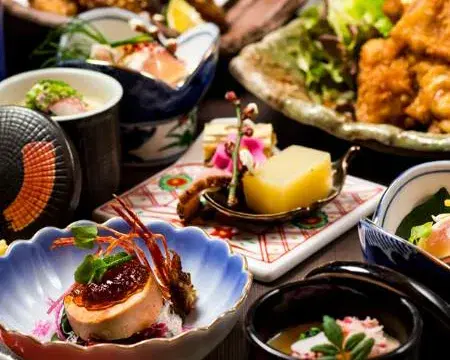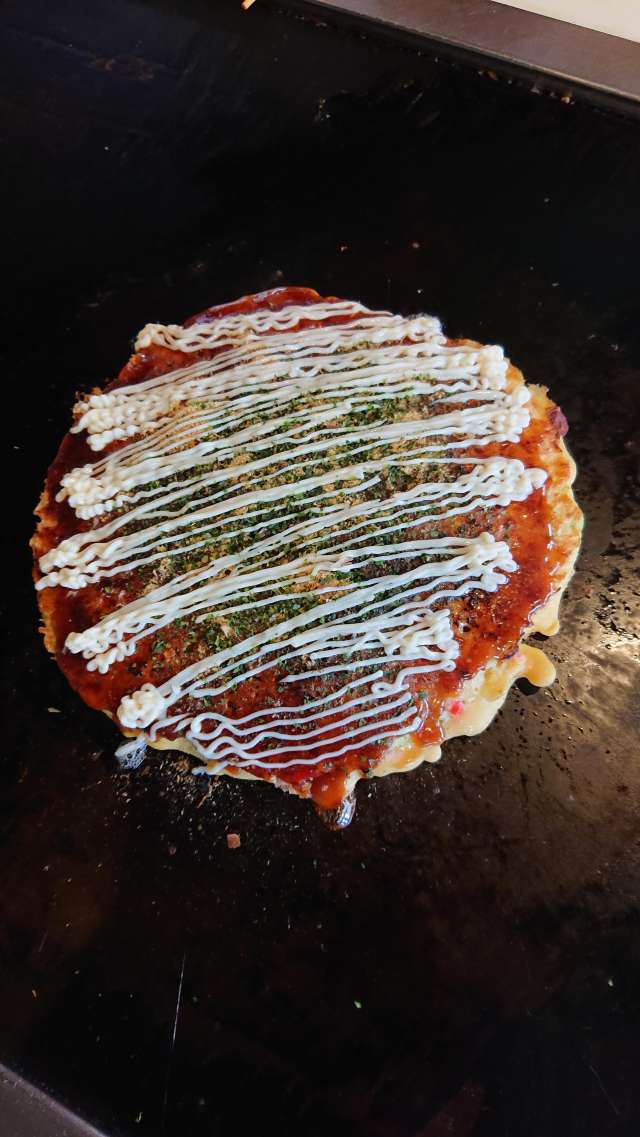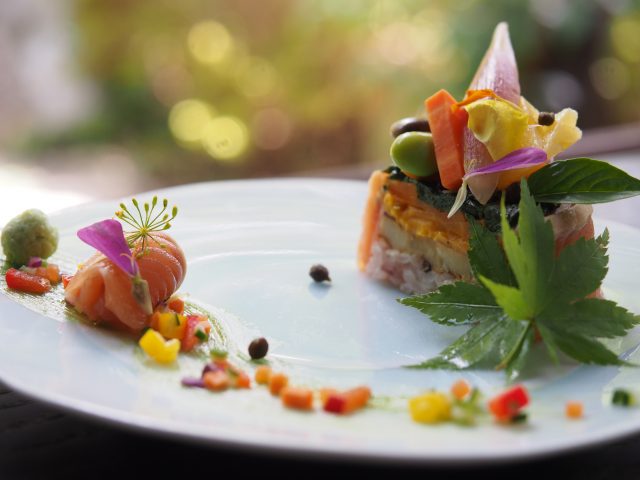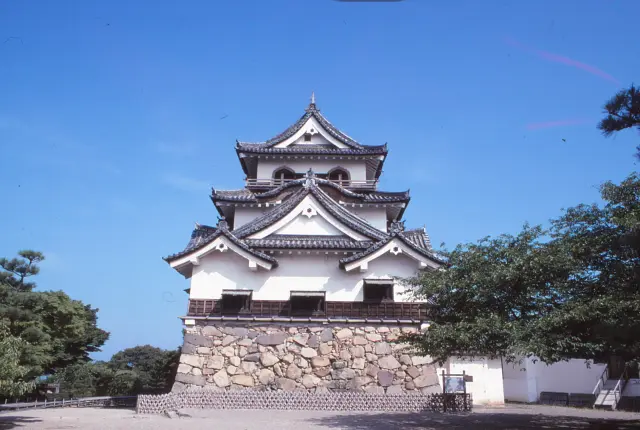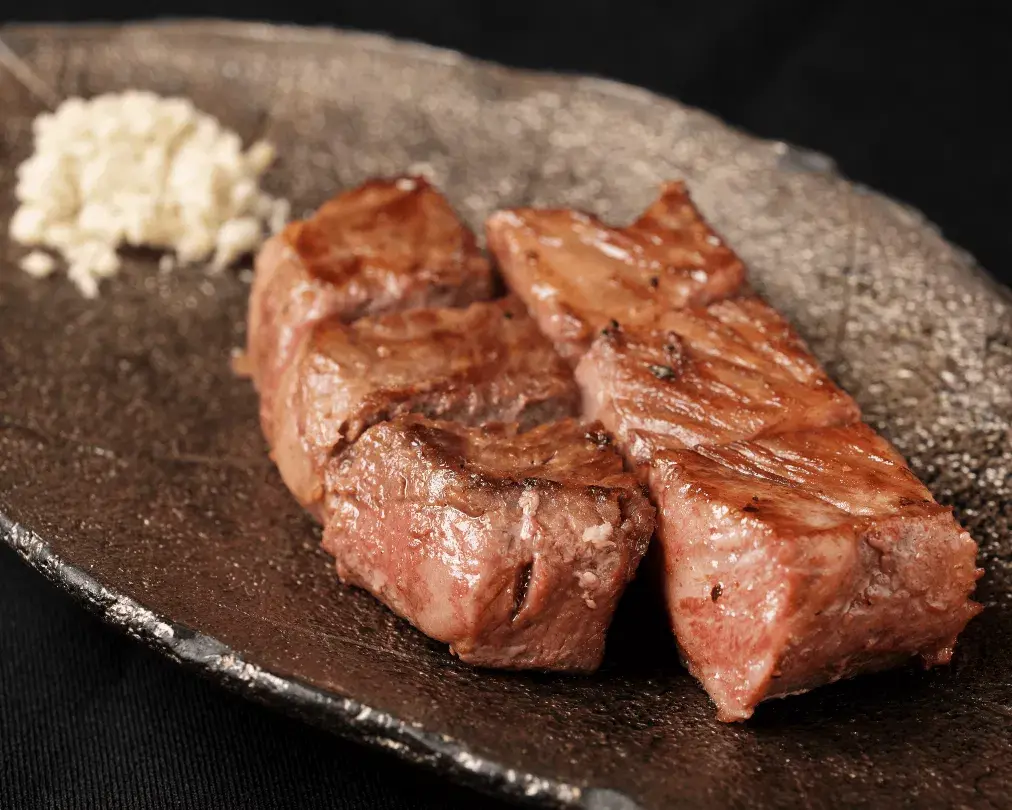
La Cuisine Enju
Last update
The name “La Cuisine Enju” weaves a story spanning four decades, and it goes like this: Enju, or the Japanese pagoda tree, was the name of the first restaurant in Miyako Hotel where the chef had worked in 1988. In 1993, he went to France for two years to join the kitchens of Michelin-starred restaurants — hence, “la cuisine.”
“Like the base of the Enju tree, I wanted to take root and grow here,” the chef reflects on his sentiment when opening the now-lauded restaurant in Hikone, a small yet historic city overlooking the stunning Lake Biwa and home to the renowned Hikone Castle.
Perhaps it's his impressive career (stints as executive chef at Espoir, caterer for former President Obama at the G7 summit and World Culinary Olympics bronze medalist) but more likely, it’s the confidence with which La Cuisine Enju has established itself that makes it feel like a fixture in Hikone. Today, La Cuisine Enju brings a new wind of gourmet air to the city— the kind of place that out-of-town visitors seek out and locals cherish.
Not to be mistaken: La Cuisine Enju is still about teppanyaki and all its trimmings, but there is the projection of a particular Gallic precision (and recipe) that the chef remains steadfast to. You can see through the galettes and the French terrines constructed from vegetables, or the potato pancakes mounted with caviar. The open kitchen adds to the experience, where the sizzle of proteins serves as a captivating opening gambit.
Using cooking techniques he cultivated throughout the years, he grills scallops over the teppan grill and basks it in sea urchin sauce; Alaskan king crab is transformed into a delicious seafood cocktail; vibrant red Omar shrimp is served with American sauce. The crown jewel, as it often should be, is the highly marbled Omi beef, prepared as shabu-shabu or kissed by the iron griddle with remarkable temperature precision.
There’s an undercurrent of cool European luxury about the place, evident in both the plates and the decor. Within those stone-clad walls, diners enjoy name-brand beef, seafood from Shima and Kyoto, and abalone. This is teppanyaki by way of the French and the seasons.
* provided by: byFood
Photos
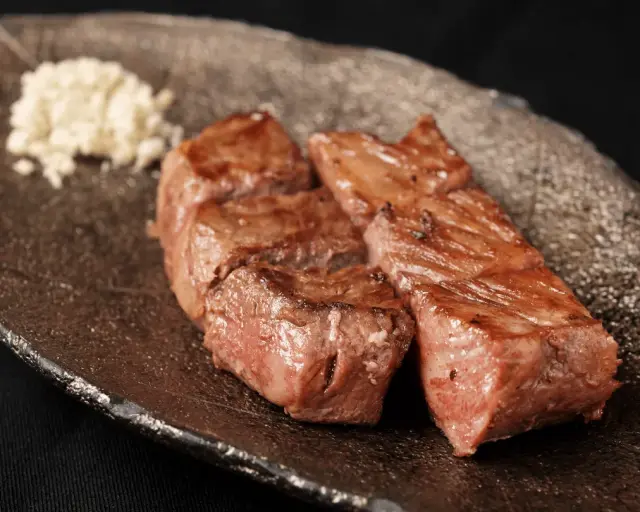
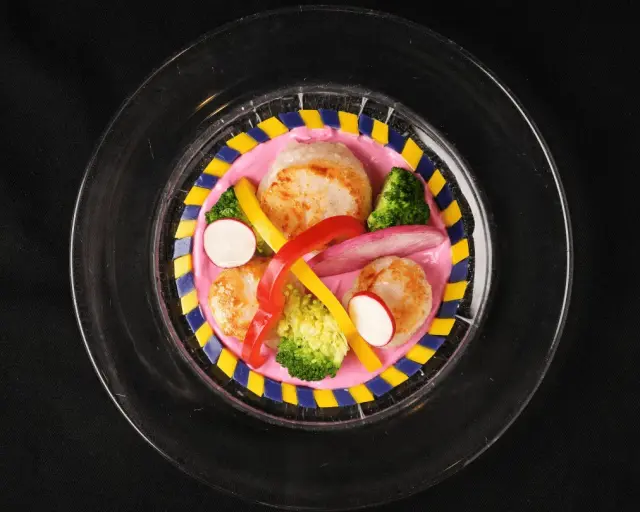
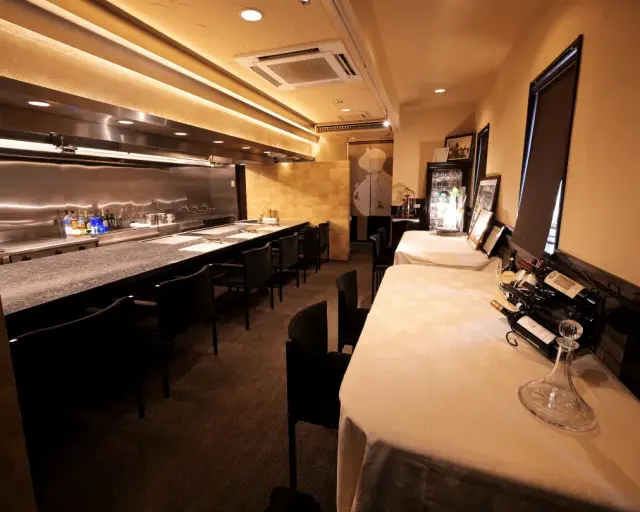
Details
- Address
- 8-13 Funamachi, Hikone, Shiga 522-0072 Japan
- Telephone
- 00749-49-3217
- Access
- La Cuisine Enju is a 7-minute walk from Hikone Station.
- Other
- Gluten-free, Vegan, Vegetarian, Pescetarian
- Website
- byFood
This basic information is current at the time of publication and is subject to change.
Please check the official website for the latest information.
Map
Nearby Spots

Hikone Castle Houseboats
820 m
Hikone Castle
1.05 km
Tour&Workshops of Japanese Traditional Crafts/Gold Leafing Workshop
1.7 km

